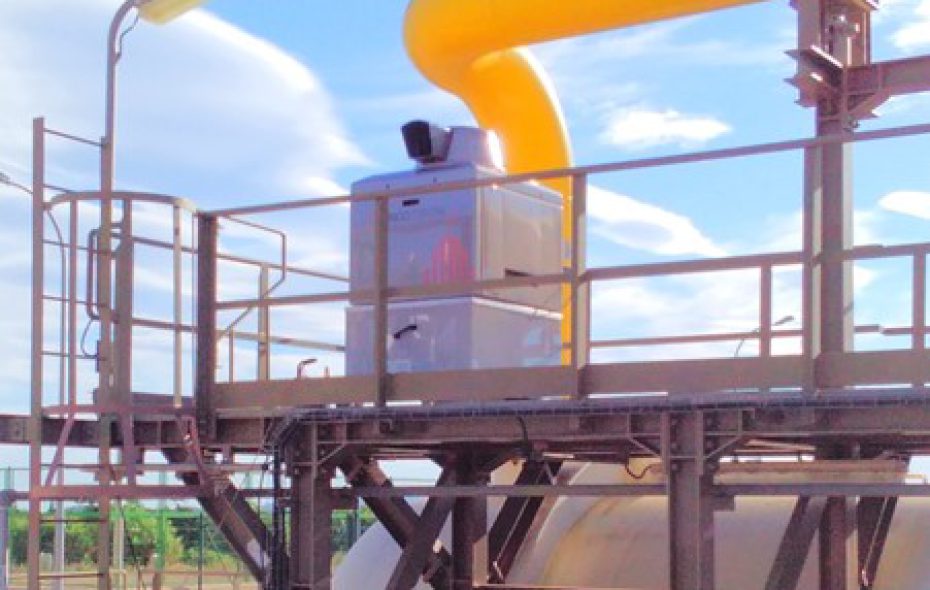
This week we’re announcing our most recent investment – we are funding Mirico, an innovative spinout from the Rutherford Appleton Laboratory that is focused on developing state-of-the-art laser spectroscopy instrumentation. Mirico is based at Harwell, a 700 acre site housing one of the UK's leading science, innovation, technology and business campuses, nestled in an area of Outstanding Natural Beauty just south of Oxford.
Harwell is owned by the UK Innovation & Science Seed Fund’s partner STFC (Science and Technologies Facilities Council), and over 5000 people work at the site in around 200 different organisations. After starting life as a bomber station in 1939, Harwell was the birthplace of the UK nuclear industry. Over the decades, key milestones have included the creation of the Rutherford Laboratory (now the Rutherford Appleton Laboratory) to handle high-energy physics work in 1957, the establishment of the Harwell Innovation Centre in 2000 and the inauguration of the European Space Agency's first UK facility, the European Centre for Space Applications and Telecommunications (ECSAT). Harwell's labs have been home to some key scientific discoveries, including X chromosome inactivation, genetic imprinting in mice, the largest prime number, and a new family of high-temperature superconductors.
The Harwell campus also hosts Diamond Light Source, the UK's synchrotron (here immortalised in Lego…) A synchrotron is a cyclic particle accelerator, which speeds up electrons to generate incredibly bright synchrotron light. The light, when directed along beamlines to experimental stations, is used in industrial research, from food and drug R&D, through energy and environment, to automotive engineering.
UKI2S’ first investment at Harwell was in optical sensor company Oxsensis which is now moving into one of the campus’ newest buildings, Genesis. Cobalt Light Systems, winner of the Royal Academy of Engineering’s prestigious MacRobert prize in 2014 for its airport security scanner also started life here, and the campus is still home to UK Innovation & Science Seed Fund investments The Electrospinning Company (engineered fibres for regenerative medicine), Keit Spectrometers (infrared spectroscopy for monitoring chemical reactions based on a technique developed for a mission to other planets) and Oxford Space Systems (low-cost and high-performance composites for deployable structures on the new generation of satellites).
While it is deep in rural and historic Oxfordshire (Harwell village has its roots back in the 11th century), this is a buzzing and busy site with world-leading research and innovation ranging from academic to cutting edge commercial. As Magali Vaissiere, Head of the European Space Agency's ECSAT, says: “Harwell is a place which matters globally, where the impact of what has been discovered could matter for the rest of the world.”